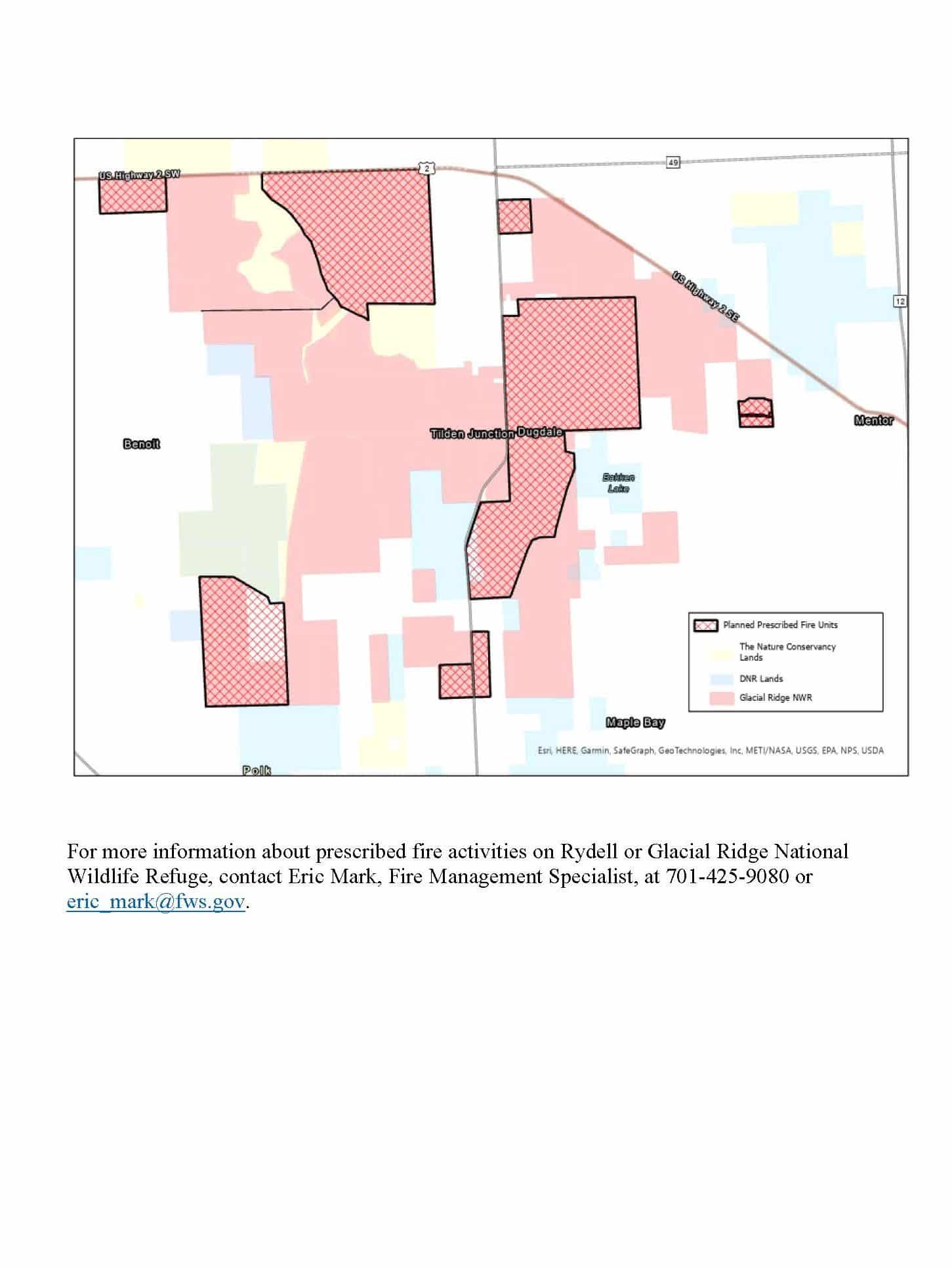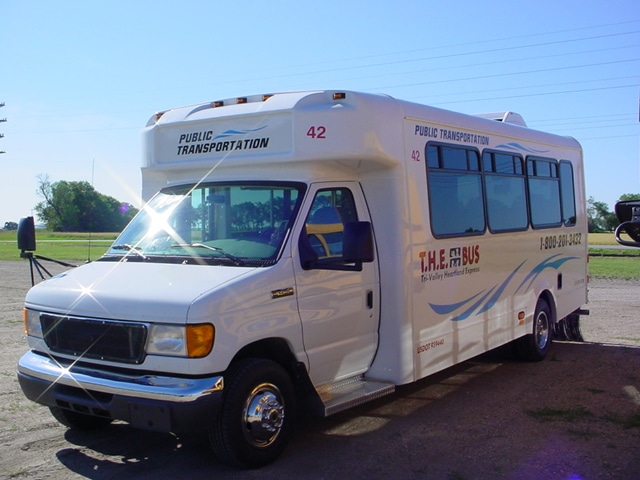Each spring, columns of smoke can be seen across the landscape in northwest Minnesota. These smoke columns are the result of landowners burning drainage ditches, farmers and ranchers burning agricultural stubble, pastures, and piles of brush and trees. Another originator of these spring “smokes” across the landscape is the U.S. Fish and Wildlife Service and Minnesota Department of Natural Resources. The carefully planned prescribed burns that are conducted on federal and state lands are needed to maintain critical habitats for both game and non-game wildlife species that call northwest Minnesota home.
The historic year of wildfires across northwest Minnesota in the spring and summer of 2021, served to increase the emphasis of the U.S. Fish and Wildlife Service conducting prescribed fires regularly in an effort to manage vegetative fuels like grass, brush, and trees across the landscape. Wildland firefighters often reference this as “We combat bad fire (wildfire) with good fire (prescribed burns).”
In addition to reducing grass and brush accumulation, a primary goal of prescribed fire is improving habitat for the wildlife species that the U.S. Fish and Wildlife Service manages public lands for. Fire removes dry, dead plant matter that has built up over years, opening up space for new plant growth and providing better cover for wildlife. The burning also recycles important nutrients that are locked up in dead plant matter, returning them to the soil where they can be used by growing plants. At the 23,000-acre Glacial Ridge National Wildlife Refuge, located in northern Polk County, some of the target species are ground-nesting grassland birds, such as ducks, prairie chickens, upland sandpipers, bobolinks, and meadowlarks. All of these birds require a different grass structure (height and thickness) and varying amounts of “thatch” layers (a buildup of previous years’ grasses) to build their nests. Due to the mosaic of grasslands that the Refuge’s diverse bird community requires, the Refuge staff utilize various types of land management tools; haying some areas to create short grasses, burning to remove thatch layers and create short grass during nesting season, and grazing to achieve similar results. Another benefit of conducting prescribed fires is to set back woody vegetation (willow, aspen) that has encroached upon open grassland areas.
The USFWS, along with its partners are planning the following prescribed burns at Glacial Ridge NWR in the spring of 2023.
For more information about prescribed fire activities on Rydell or Glacial Ridge National Wildlife Refuge, contact Eric Mark, Fire Management Specialist, at 701-425-9080 or eric_mark@fws.gov.




